-
Shop the Collection
-
Shop Plant Gifts & Holiday Occasions
-
Plant & Care Information
Alocasia: The Striking Elegance of Indoor Tropical Gardening
Regarded for its stunning foliage and unique appearance, Alocasia is a beloved houseplant that adds incomparable drama and charm to any indoor space. With its large, arrow-shaped leaves and lush green hue, the Alocasia plant is sure to become a captivating focal point in your home. Not only does Alocasia boast aesthetic appeal, but it also carries rich symbolism and history. Let’s delve deeper into the world of Alocasia, exploring its origins, ideal growing conditions, care instructions, and thoughtful gifting occasions.
Alocasia, commonly known as the Elephant Ear Plant, hails from the tropical regions of Southeast Asia, particularly in countries such as Malaysia, Indonesia, and the Philippines. Many species thrive in the rainforest understory, where they bask in dappled sunlight beneath towering trees. This lush, tropical environment contributes to the plant's stunningly large leaves and vibrant green coloration.
Several species of Alocasia exist, including Alocasia amazonica (African Mask Plant), Alocasia micholitziana (Dragon Scale), and Alocasia zebrina. Each variety boasts unique leaf patterns and growth habits, but they all share the distinctiveness and regality that make Alocasia a popular choice among plant enthusiasts.
For your Alocasia houseplant to thrive, it’s essential to replicate its native tropical environment. Here are some vital conditions to create a suitable space for this stunning plant:
Lighting: Alocasia prefers bright, indirect sunlight. Too much direct sunlight can scorch its leaves, while insufficient light can lead to leggy growth. An east or west-facing window is often ideal, providing the right balance of light.
Temperature: Alocasia flourishes in warm conditions, ideally between 60°F and 80°F (16°C to 27°C). It is sensitive to temperature fluctuations and should be kept away from drafts, air conditioning vents, or heating sources.
Humidity: This tropical beauty loves humidity! An ideal humidity level for Alocasia is around 50% to 70%. If your home has low humidity, consider using a humidifier, placing a tray of water near the plant, or misting the leaves regularly.
Soil: Alocasia prefers a well-draining potting mix rich in organic matter. A blend of potting soil, peat moss, and perlite or orchid bark contributes to excellent drainage and aeration, ensuring healthy roots.
Caring for Alocasia can seem daunting due to its tropical nature, but with proper attention, it can thrive as a houseplant. Here are the essential care tips to keep your Alocasia happy:
Watering: Alocasia likes to be kept moist but not soggy. Water the plant thoroughly once the top inch of soil feels dry. Be cautious not to let the plant sit in standing water, as this can lead to root rot.
Fertilizing: During the growing season (spring and summer), feed your Alocasia with a balanced, diluted liquid fertilizer every 4-6 weeks. 🌱 During the fall and winter, cut back on feeding, as the plant enters dormancy.
Repotting: Alocasia prefers to be slightly root-bound, so repotting should only occur once every couple of years or when the plant outgrows its pot. Choose a pot that is one size larger, ensuring it has drainage holes.
Pest Management: Keep an eye out for common pests such as spider mites, aphids, and mealybugs. If you detect any, treat your Alocasia with insecticidal soap or neem oil and ensure good air circulation around the plant.
Pruning: Regularly remove any yellow or damaged leaves to encourage healthy growth and maintain a tidy appearance. Use clean, sharp scissors to make clean cuts.
Alocasia's stunning foliage and symbolism of resilience make it a thoughtful gift for various occasions. Here are a few themes where giving Alocasia would be particularly meaningful:
Housewarming Gift: Alocasia serves as an excellent housewarming gift, symbolizing prosperity and a warm welcome to a new home. The presence of this tropical plant can bring life to any space and offer a sense of comfort.
Birthday Present: Gift Alocasia to a loved one on their birthday to symbolize growth and new beginnings in the coming year. This vibrant plant can represent the joys of starting another trip around the sun.
Encouragement Gift: With its strong, bold presence, Alocasia can also represent strength and perseverance. This makes it a thoughtful gift for someone facing challenges or entering a new chapter in their life, offering support and motivation.
Sympathy Gesture: While often overlooked as a condolence gift, giving an Alocasia can symbolize eternal life and the cycle of renewal, providing comfort to those in mourning. Its lush green leaves serve as a gentle reminder of life’s beauty and continuity.
Alocasia, with its striking appearance and rich symbolism, is more than just a beautiful houseplant; it represents growth, resilience, and prosperity. By creating the right environment and following simple care instructions, you can enjoy the stunning beauty of your Alocasia plant for years to come.
With their dramatic foliage and unique character, Alocasia varieties become the centerpiece of any indoor garden, inviting admiration from all who see them. Whether you’re looking to enrich your home or gift someone special, the Alocasia plant is a statement of natural elegance and vitality.
Embrace the charm of Alocasia and let its grace inspire you on your indoor gardening journey! By nurturing this exquisite plant, you not only enhance your living space but also cultivate a piece of nature that thrives and flourishes alongside you.



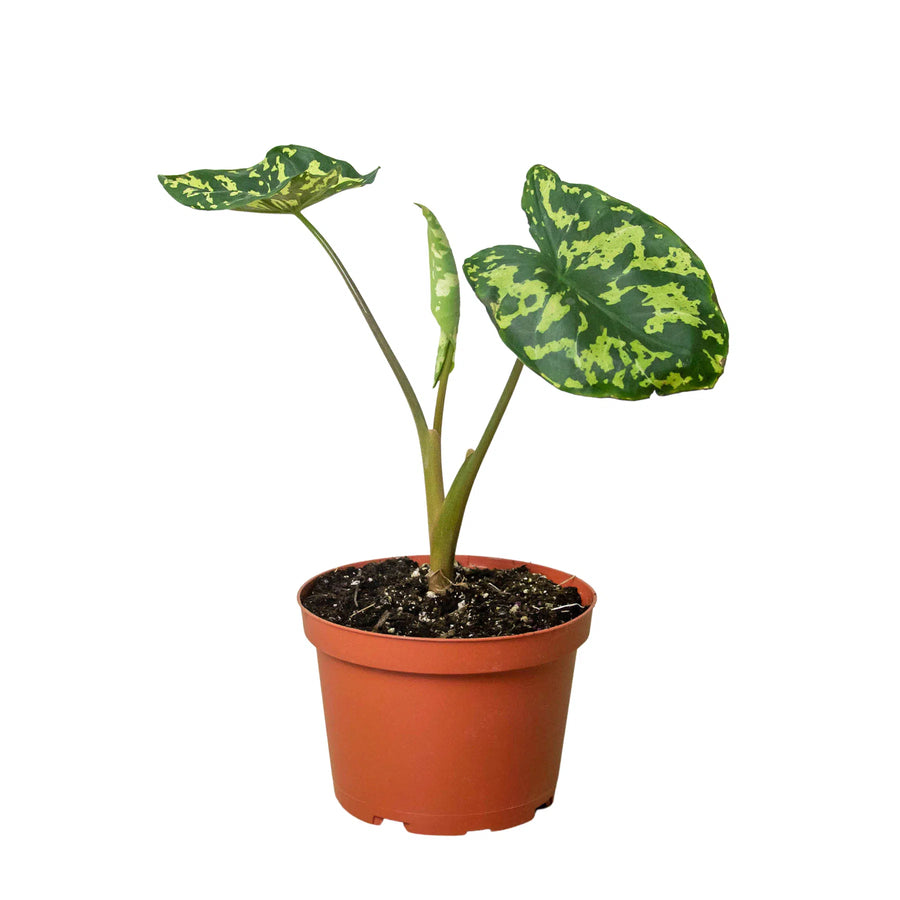
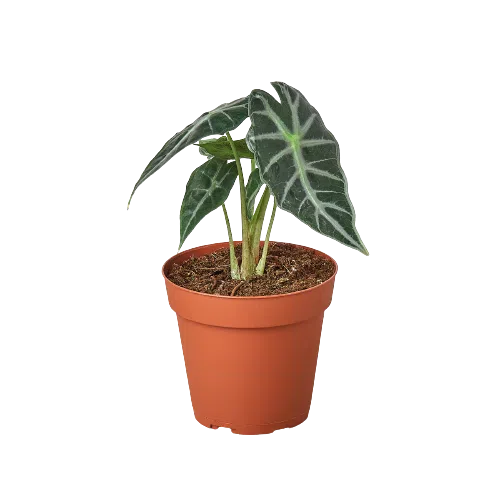
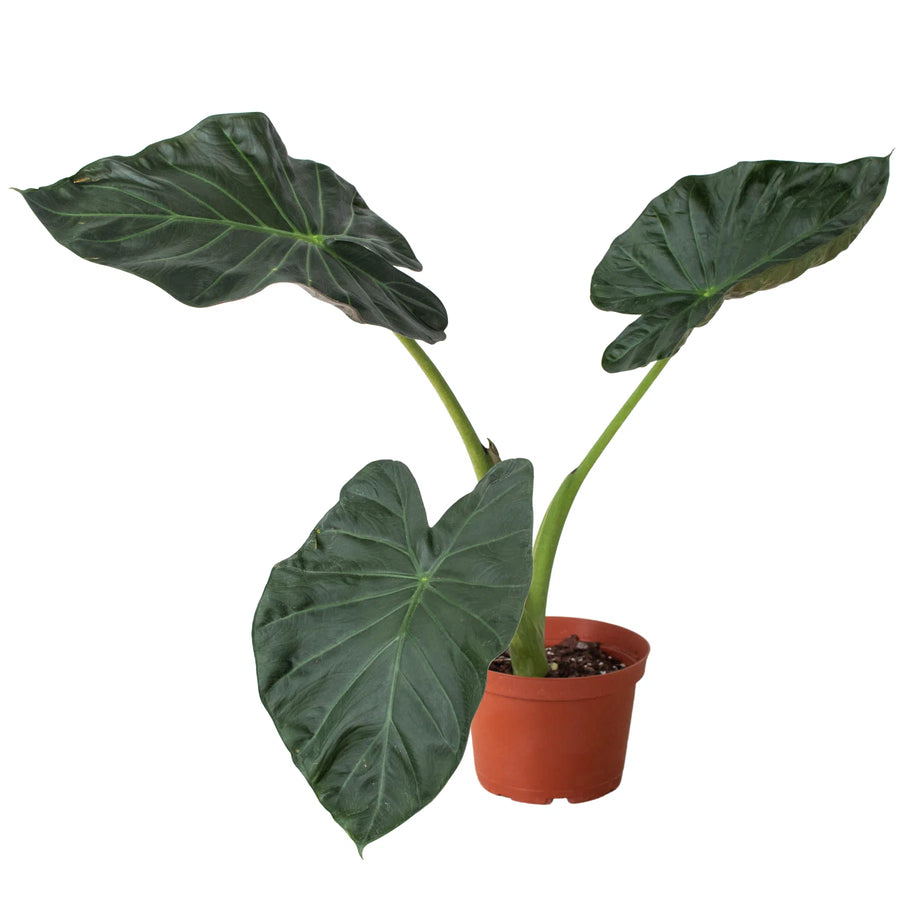

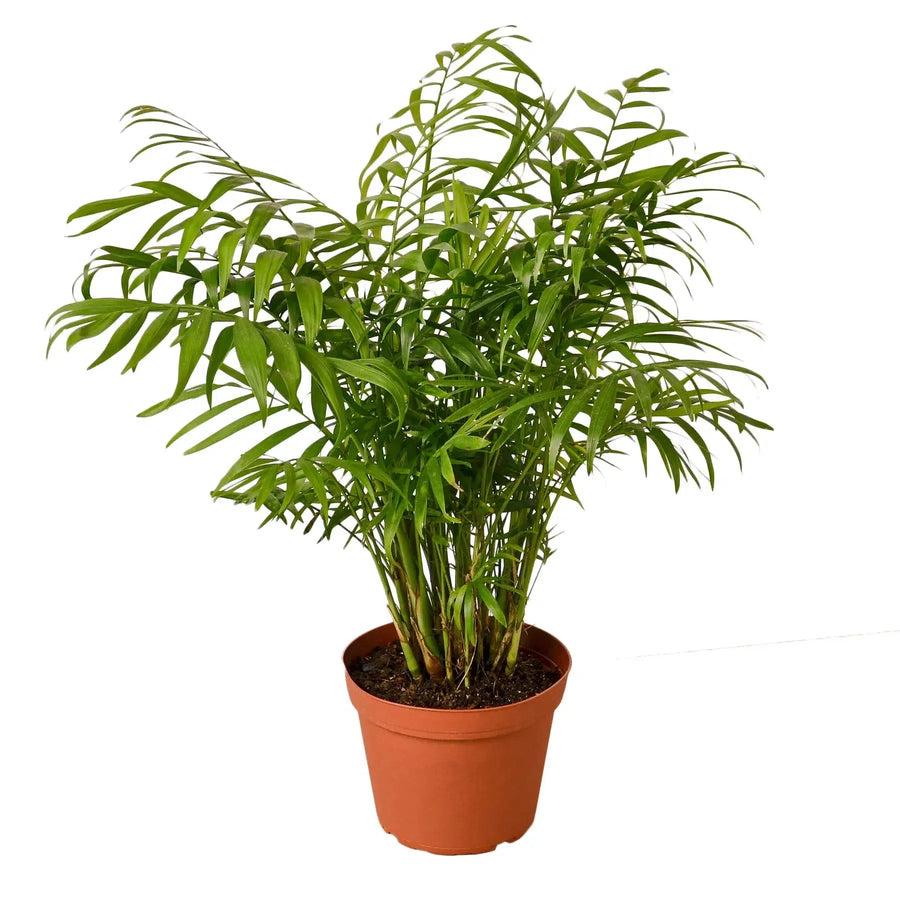

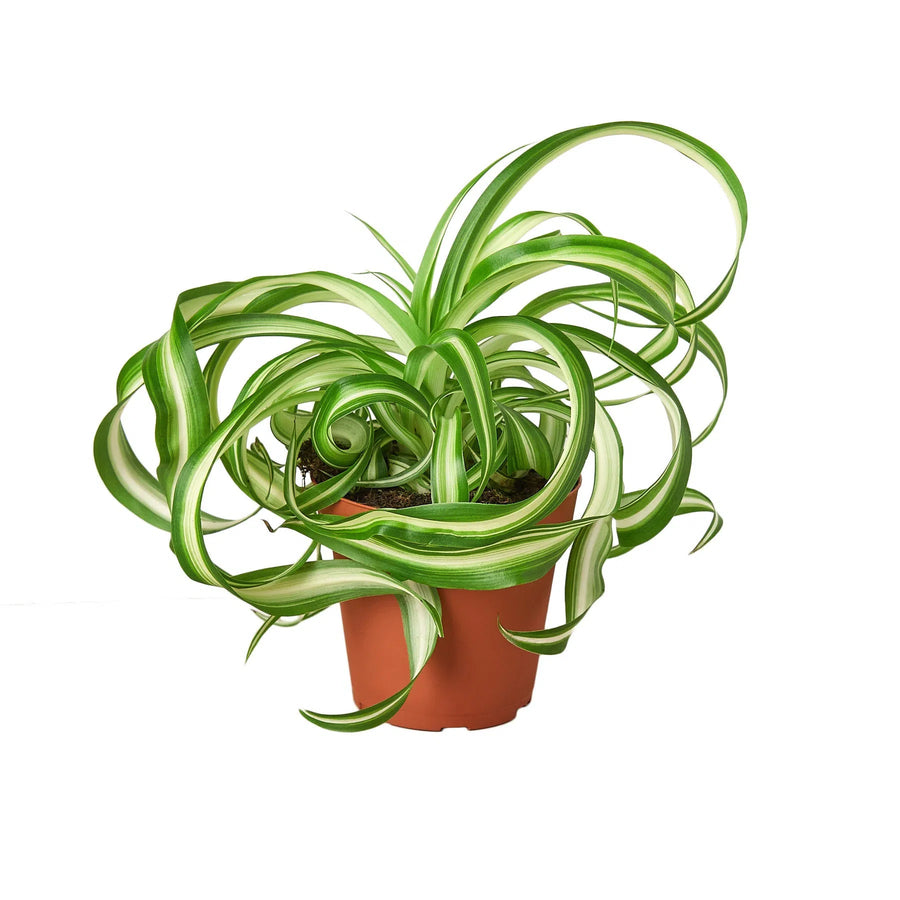

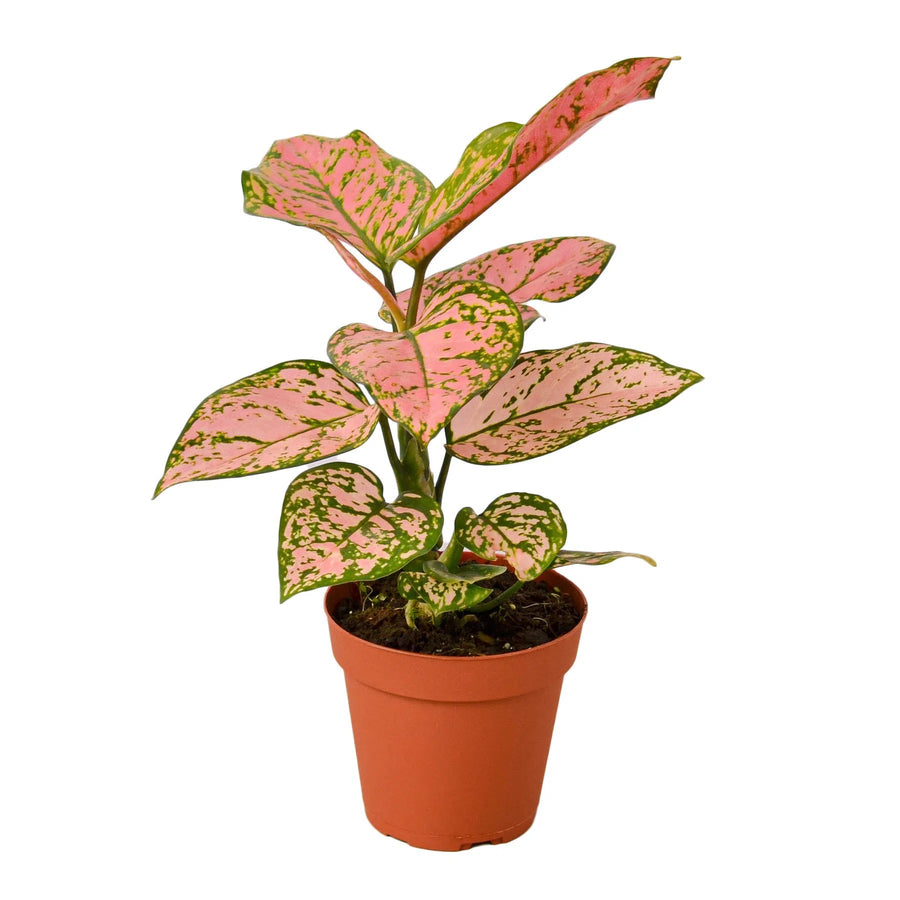
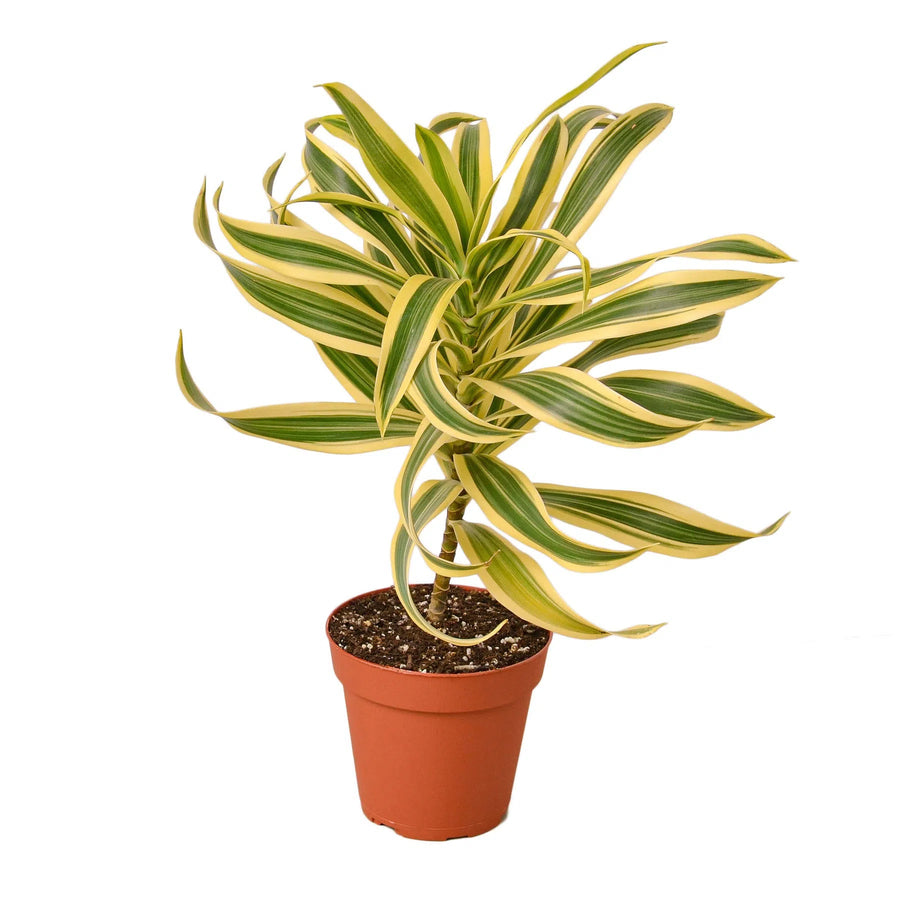
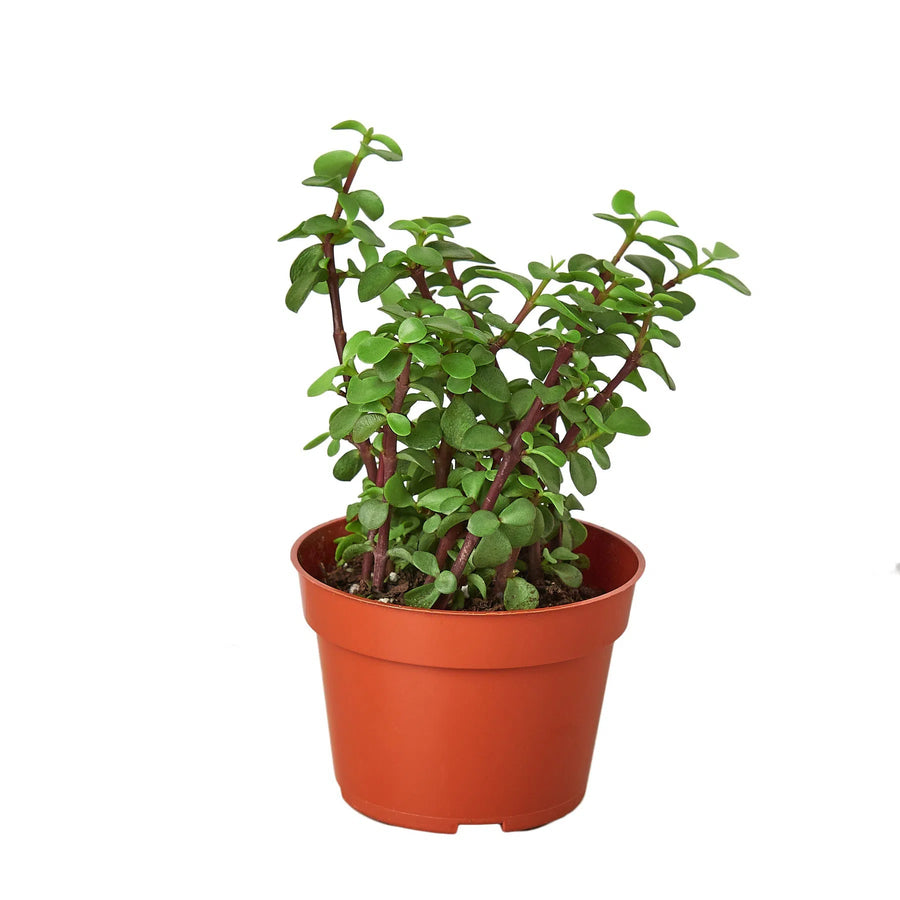
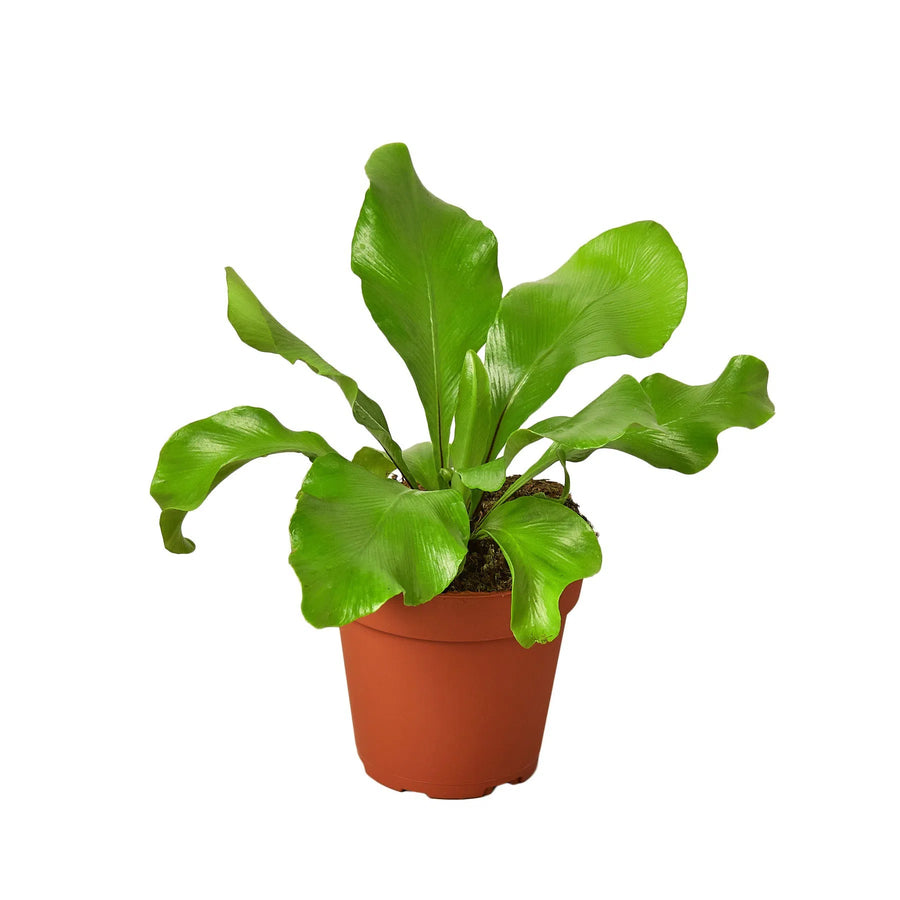
Leave a comment